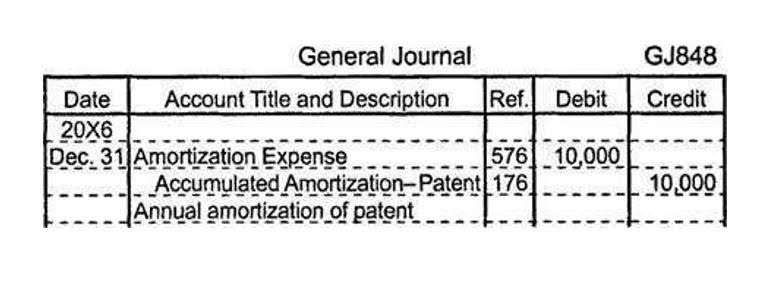Construction in Progress Journal Entry
Как выгодно выйти из ООО в 2024 году: продажа доли или выход по заявлению? Какие налоги платит выбывший участник ООО
30/11/20235 Best Ways to Name Your Chatbot 100+ Cute, Funny, Catchy, AI Bot Names
04/12/2023I recently took a demo of an emerging startup that has automated the accrual entry process with AI. In my experience, the accrual process has always been one of the most challenging and time-consuming tasks during month-end close. AI-powered solutions can be a game-changer, effectively eliminating the manual effort and significantly reducing errors.
What is Accounts Receivable Collection Period? (Definition, Formula, and Example)
CIP accounts are crucial in construction accounting because they keep track of all the money spent on a project until final delivery. Companies can monitor spending and budgets using CIP accounts and adequately report their financial health. Using these accounts allows companies to separate project costs from everyday what is cip accounting business expenses, minimizing mixups and making financial statements accurate and reliable. Once expenses are recorded, they need to be allocated to the appropriate asset account. These assets will be reversed to the actual fixed assets when the construction is finished and total costs are measured reliable.
What is Construction In Progress Accounting: Everything You Need To Know

Most construction projects are long-term in nature, with invoicing and costs spread out over a long period of time. The challenge is to match up accounting for invoicing and costs as closely as possible to the actual construction progress that’s occurring on the project. Ideally, you will have billed out about 25 percent of the contracted amount at this point.
AI and regulatory compliance: Helping ensure adherence to standards
For a variety of different reasons, though, it can be difficult to match up billings with the amount of work that has been completed (or work in progress). The capital costs are debited to construction in progress and in most cases credited to accounts payable. The credit side of this entry might be to cash if paid for immediately or to the business’s inventory if it used the inventory assets in the construction. The income statement is also impacted by CIP, particularly through the timing of expense recognition. Since costs are capitalized during the construction phase, they are not immediately expensed, which can result in higher reported profits in the short term.
- Direct costs are those that can be attributed directly to the specific contract, and these should always be included.
- CIP is recorded as an asset on the balance sheet, reflecting the investment in ongoing projects.
- It would be unrealistic for the business to record no revenue for the years they are working on the ship and then record a few million dollars in the year the ship is finished.
- Some of the costs of constructing additional PP&E (property, plant and equipment) are capitalized to depreciate over time, and some are expensed in the current accounting period.
Effective CIP Accounting for Modern Construction Projects
- Managing CIP accounts with others or even separately requires experience and proper knowledge.
- The presence of Construction-in-Progress (CIP) on financial statements can significantly influence a company’s financial health and performance metrics.
- The progress of payment will depend on the contract which may be related to the specific result.
- Every business must prepare up-to-date and accurate reports to account for their profits and expenses.
- During the construction phase, costs are capitalized rather than expensed, meaning they are recorded as an asset on the balance sheet.
This experience has given her a great deal of insight to pull from when writing about business topics. Each small job will be considered as finished only after they are delivered to the customers. It requires the company to separate the work into small units which are not practical for all construction. Finally, there may be other costs that can be specifically charged to the customer under the terms of the contract – these should also be taken into account. By taking all of these factors into consideration, it is possible to develop a clear picture of the true cost of a contract and ensure that it represents good value for money. Construction in progress refers to all the costs that company spends to build the non-current assets but not yet completed.
- Construction work-in-progress accounting refers to the record-keeping of all expenditures that accrue in constructing a non-current asset.
- Artificial intelligence (AI) is transforming the accounting industry at an unprecedented pace, revolutionizing traditional practices and unlocking unprecedented profits.
- Construction in progress accounting is one of the essential categories for construction firms to track.
- Recognizing revenue from Construction-in-Progress (CIP) projects is a nuanced process that requires careful consideration of various accounting principles and industry standards.
- In this data-driven article, we’ll delve into the current state of AI adoption in accounting, explore its benefits and highlight the astonishing profits that come with its implementation.
- This includes expenses that occur after construction is completed, but the asset isn’t put in service yet.
CIP accounting describes the methods used to properly show construction in progress on the financial statements. Some of the costs of constructing additional PP&E (property, plant and equipment) are capitalized to depreciate over time, and some are expensed in the current accounting period. The capital costs are held in the construction in progress account, which is a fixed asset account shown on the balance sheet as a subaccount of property, plant and equipment. Expenses that are not specifically tied to the asset should be expensed in the accounting period they occur. This includes expenses that occur after construction is completed, but the asset isn’t put in service yet. This could occur, for example, if a building supply company determines that its cheapest route for drywall is to use its supply that it would normally sell in its normal business operations.
